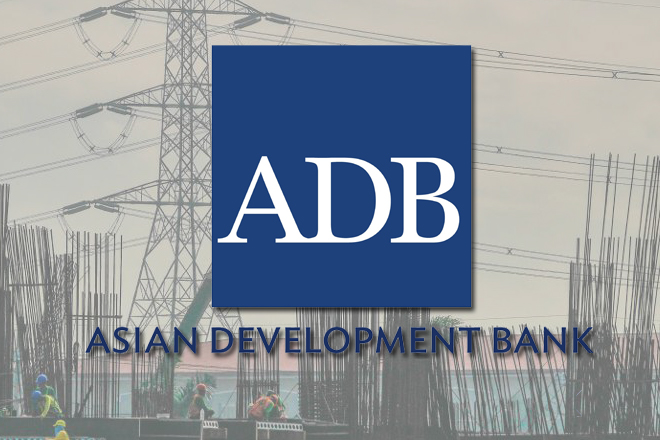GDP growth to slide in 2020 due to COVID-19, strong rebound seen in 2021: ADB
April 3, 2020
Philippine economic growth will slow significantly this year before a strong rebound in 2021, with expansionary fiscal and monetary policies partly offsetting slower domestic demand and disruptions in tourism, trade, and manufacturing, according to a new Asian Development Bank (ADB) report released Friday.
In its annual flagship economic publication, Asian Development Outlook (ADO) 2020, ADB projects the Philippines’ gross domestic product (GDP) to grow at 2 percent in 2020 following an “enhanced community quarantine” imposed by the government in March to stop the spread of the novel coronavirus disease (COVID-19) in the country.
But ADB expects a strong recovery to 6.5 percent GDP growth in 2021, assuming that COVID-19 infections in the country are curbed by June this year.
“This unprecedented and extraordinary public health emergency brought about by the COVID-19 pandemic will substantially slow down economic growth this year, with most of the contraction in the economy occurring in the second quarter. We are anticipating a bounce back starting in the second half of this year, supported by the government’s stimulus spending and easier monetary policies,” said ADB Country Director for the Philippines Kelly Bird.
“ADB has been working closely with the Philippine government in its fight to ease the impact of the COVID-19 pandemic on Filipinos. We have provided two grants totaling $8 million to assist the government and we are now in advanced stages of preparing a larger and comprehensive assistance to help alleviate the impacts of the pandemic on communities’ well-being and support fiscal stimulus,” added Bird.
On March 14 , ADB approved a $3 million grant to help the government deliver much-needed emergency medical supplies and equipment, including a new laboratory to enhance the country’s capacity to conduct more COVID-19 tests.
This week, ADB launched a $5 million project to provide critical food supplies for poor families in Metro Manila.
Quarantine measures have shut down schools and most government offices and private establishments in Metro Manila and the entire Luzon island, which accounts for over half of the country’s total population and generates more than two-thirds of the country’s overall GDP.
Sustained public investment—especially in priority projects under the government’s “Build, Build, Build” (BBB) infrastructure development program—and a rebound in private consumption will drive economic growth in 2021, the report says. The economy will also benefit from the government’s large-scale fiscal spending to boost the delivery of relief measures to vulnerable sectors affected by the pandemic.
Inflation is expected to reach 2.2 percent this year and 2.4 percent in 2021, with further downside pressure from lower global oil prices.
With inflation projected to remain within the central bank’s target range of 2 percent to 4 percent, authorities have room for further monetary policy expansion to cushion any lingering effects of the pandemic on the economy.
In addition to combating the COVID-19 pandemic, the Philippines is taking steps to address climate change.
The government’s infrastructure development program focuses on improving mass urban transit systems to help shrink the country’s carbon footprint.
One such project is the ADB-funded Malolos–Clark Railway project, a 53-kilometer elevated railway project that will connect Metro Manila to northern provinces. ADB
Latest Videos
- THE UNTOLD STORY EXPERT INSIGHTS INTO THE UKRAINE
- NEGOTIATING A NEW ORDER US RUSSIA TALKS ON UKRAIN
- Ukraine: A Pawn in the Geopolitical Game? Will Trump Intervene?
- US VP VANCE CRITICIZES EUROPEAN DEMOCRACIES AT MUNICH SECURITY CONFERENCE
- UNCOVERING THE WEB OF DECEIT: CIA INFILTRATION OF THE MEDIA
- SHIFTING SANDS: TULSI GABBARD’S CONFIRMATION AND THE EVOLVING GLOBAL LANDSCAPE
- FAUCI SCANDAL: A THREAT TO GLOBAL HEALTH AND DEMOCRACY






